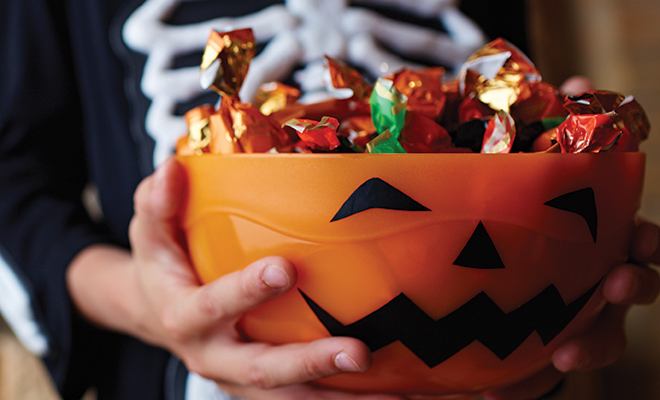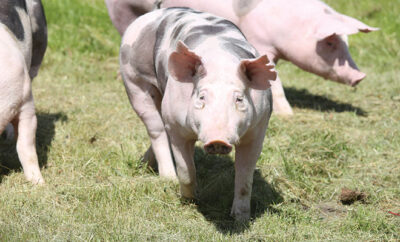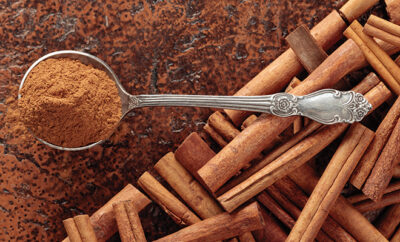
What’s Right about that Pumpkin?
Your family’s making the rounds of tricking and treating when you notice that several homes have painted their pumpkins teal. What? Parents of children with food allergies know exactly what that means!
One in thirteen children in the United States has food allergies. It’s a tricky season for them and their families, with Halloween, Thanksgiving and various holiday gatherings in December. Many traditional Halloween treats aren’t safe for children with life-threatening food allergies.
“The Teal Pumpkin Project promotes safety, inclusion and respect of individuals managing food allergies,” states the website of Food Allergy Research and Education, or FARE. “This worldwide movement offers an alternative for kids with food allergies, as well as other children for whom candy is not an option. It keeps Halloween a fun, positive experience for all!”
Inspired by a local awareness activity run by the Food Allergy Community of East Tennessee, FARE began a partnership that reaches across the United States and around the world with the Teal Pumpkin Project’s messages of awareness, inclusion and community. It’s a simple way to make trick-or-treating safer and more inclusive for children and others impacted by food allergies and other conditions. A teal pumpkin on the doorstep signals that, in addition to candy, the home offers non-food trinkets and treats that are safe for all trick or treaters.
Candy Facts
Candy corn often contains egg whites. If listed free from egg, make sure you’re not substituting one allergen for another. It can also be made with sesame oil, which doesn’t have to be included on the label until January 1, 2023. If you have a sesame allergy, contact the manufacturer for clarification.
Mini-sized candy may have different ingredients than its larger counterparts. Be sure to double-check the ingredients on mini candies to confirm they are safe.
A candy might have been safe last year, but that’s no guarantee it will still be safe this year. Manufacturers can change ingredients, so it is safest to read the labels every time.
Some chocolates or other candies may contain sesame. Although the FASTER Act is in effect this year, sesame does not legally have to be declared on the label until January 1, 2023. Be sure to contact the manufacturer if you have any questions.
Licorice usually contains wheat as a binding ingredient. If you have a wheat allergy, check the labels. Dark chocolate may contain traces of milk, and while this may not affect someone with lactose intolerance, it is considered unsafe for those with a milk allergy.
Tips for Parents
A “no eating while trick-or-treating rule” will give you time to review all food labels your child might receive. This can also be an opportunity to discuss hidden allergens and reading labels with your child. Be prepared with safe treats and toys to trade for unsafe candies you find in the bat.
FARE suggests ways to keep the emphasis on the fun, rather than the candy. Consider making small and safe “goody bags” for neighbors to give to your child. Deliver in advance and describe your child’s costume to your neighbors. Encourage your child to trick-or-treat at the houses in which you’ve delivered the bags. Or, forgo trick-or-treating and have a Halloween party instead. You can have safe and delicious treats, or skip food and instead have games, toys and party favors.
Treats and Ingredients
Make-at-home treats include a sugar cookie dough that uses gluten-free flour, vegan margarine and non-dairy milk made from almonds, cashews, coconut, rice, oat, hemp or pea. Just make sure you don’t replace one allergen with another. Most of these milks can even be made at home.
Allergy-friendly brownie mix, available online, is combined with butter substitute, milk substitute and egg substitute for yummy brownies or cupcakes. You can use the real thing instead of the substitute if the ingredient isn’t an allergen.
The holiday staple, pumpkin, is an ingredient in a chocolate chip pumpkin bread recipe shared on FARE’s website. Allergen substitutes are suggested for eggs and flour.
A primary goal of parents who have children with food allergies is making sure their child is included in appropriate and safe ways in all activities. The Teal Pumpkin Movement is a strong force for education and inclusion.
Sources: tasteofhome.com and foodallergy.org.
Fun and Safe for All!
Many items are available at party supply stores, dollar stores and online shops as an alternative to food items. Most can be found in a Halloween theme or festive colors. A suggestion is to put these in a separate bowl from regular treats.
– Glow sticks, bracelets, or necklaces
– Pencils, pens, crayons or markers
– Bubbles
– Halloween erasers or pencil toppers
– Mini Slinkies
– Whistles, kazoos, or noisemakers
– Bouncy balls
– Finger puppets or novelty toys
– Coins
– Spider rings
– Mini notepads
– Playing cards
– Bookmarks
– Stickers
– Stencils







